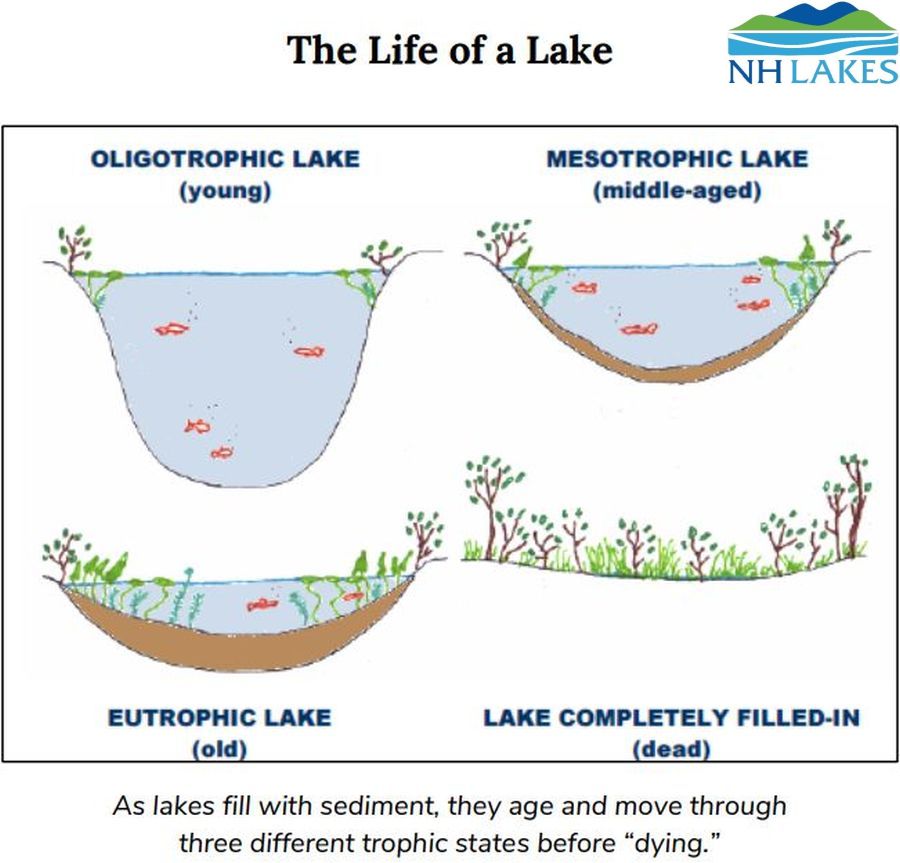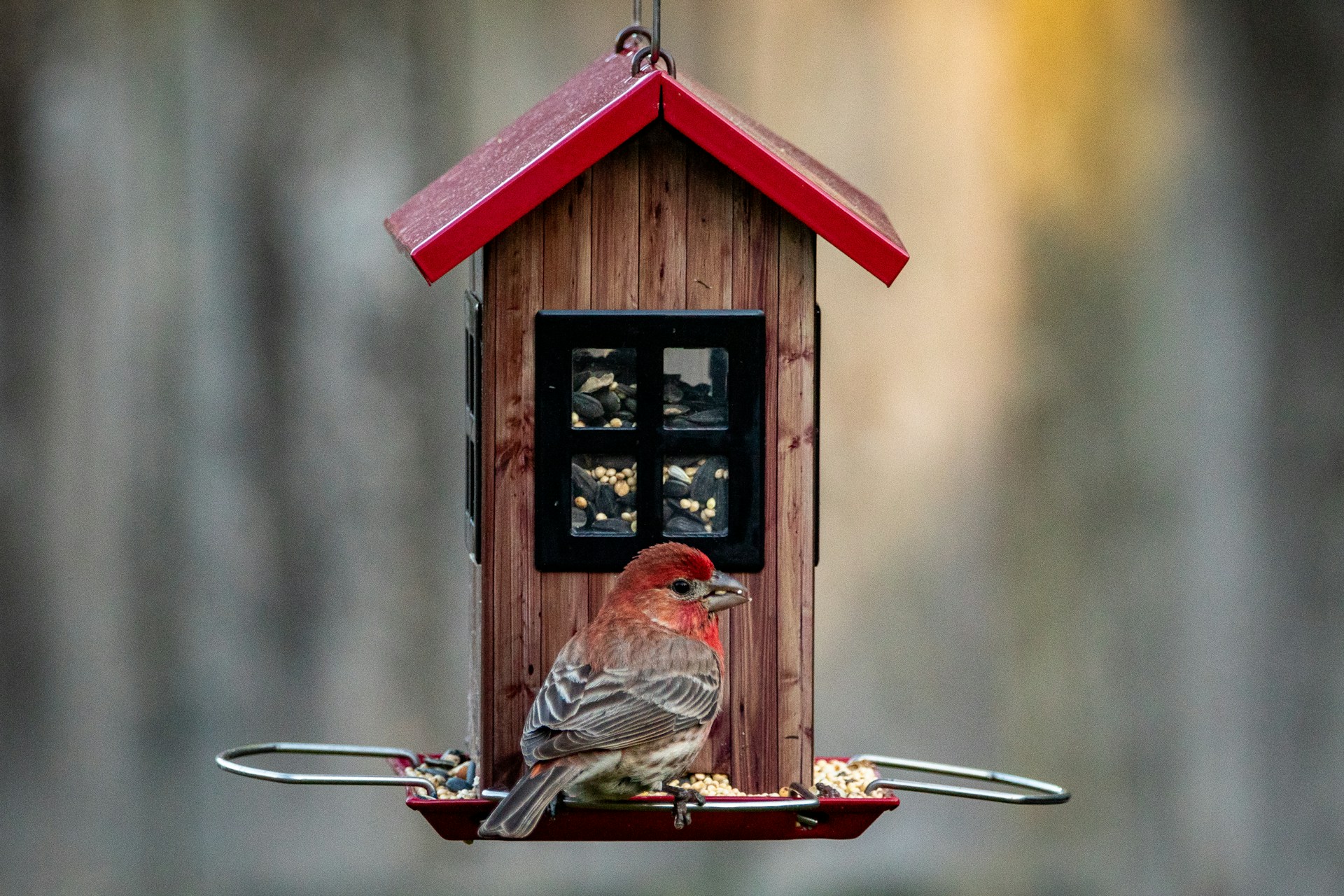PROTECT YOUR DNA WITH QUANTUM TECHNOLOGY
Orgo-Life the new way to the future Advertising by Adpathway Panther Hollow Lake covered in duckweed, 4 July 2025 (photo by Kate St. John)
Panther Hollow Lake covered in duckweed, 4 July 2025 (photo by Kate St. John)6 July 2025
If you’ve been to Schenley Park’s Panther Hollow Lake on any hot summer day in the past decade you’ve seen its surface covered in bright green soup and lumpy, slimy pond scum.
Look closely at the green soup and you’ll see that it’s duckweed (Lemnoideae), a floating plant made up of tiny leaf-like structures, each dangling a tiny root.
 Duckweed closeup from Panther Hollow lake, Schenley Park, 22 June 2025 (photo by Kate St. John)
Duckweed closeup from Panther Hollow lake, Schenley Park, 22 June 2025 (photo by Kate St. John)The lumpy scum is filamentous algae made up of single cells in long threads. It grows on the bottom of the pond, eventually clumps together and floats to the surface. It smells bad in the heat. Yes, it’s nickname is “pond scum.”
 Filamentous algae partially covers Panther Hollow Lake, 4 July 2025 (photo by Kate St. John)
Filamentous algae partially covers Panther Hollow Lake, 4 July 2025 (photo by Kate St. John)In small amounts native duckweed and algae are beneficial. Duckweed is food for ducks and wildlife. Algae, when it decomposes, is food for invertebrates. Both provide hiding habitat for underwater wildlife.
But in sunny heat these two organisms grow enormously, cover the surface and then …
Algae and duckweed produce oxygen as a by-product of photosynthesis. This is vital for aquatic creatures. At night or when sunlight is not available, however, the plants consume oxygen. In certain cases, the amount of oxygen being used can exceed the amount being produced, and thus results in oxygen depletion and fish kills. This often happens during hot summer months, when the water is warmer and unable to hold greater amounts of oxygen, or on cloudy days, when there is minimal sun.
— Brandywine Conservancy: Algae & Duckweed: The Costs and BenefitsIn late June’s excessive heat Panther Hollow Lake suffered the cost. I was out of town when Andy Georgeson sent me this message and two photos of a fish kill in progress.
[At Panther Hollow Lake on 25 June 2025] I noticed a difference, even from Monday, when I was last there to today. The fish look like they’re really struggling and close to dying. They were all crowded near the shore that was closer to the train tracks and seemed to be gasping for air with very little movement.
— email from Dr. Andy Georgeson, 25 June 2025 Fish kill at Panther Hollow Lake, 25 June 2025 (photo by Andy Georgeson)
Fish kill at Panther Hollow Lake, 25 June 2025 (photo by Andy Georgeson) Fish kill at Panther Hollow Lake, 25 June 2025 (photo by Andy Georgeson)
Fish kill at Panther Hollow Lake, 25 June 2025 (photo by Andy Georgeson) Fish appear to be bluegill, pumpkinseed and 1 catfish (black)
By the time I visited on Wednesday 2 July, the Department of Public Works had removed the dead fish. I found many live fish — more than usual — in the inflow near the cattails.
 Lots of fish near the cattails, 2 July 2025 (photo by Kate St. John)
Lots of fish near the cattails, 2 July 2025 (photo by Kate St. John)In addition, in this photo I counted 9 circles on the bottom of the pond. Were they made by fish for egg laying? Spawning?
 Fish and fish circles near the cattails, 2 July 2025 (photo by Kate St. John)
Fish and fish circles near the cattails, 2 July 2025 (photo by Kate St. John)Children played by Panther Hollow Lake on Wednesday using long sticks to pull the filamentous algae out of the water and set it on the concrete edge.
 Children at Panther Hollow Lake using long sticks to remove the algae clumps, 2 July 2025 (photo by Kate St. John)
Children at Panther Hollow Lake using long sticks to remove the algae clumps, 2 July 2025 (photo by Kate St. John)The Underlying Cause: Panther Hollow Lake has summer algae blooms because it is shallow and has an unnatural concrete edge that allows lots of runoff. Brandywine Conservancy’s #1 solution is to stop nutrients and sediment from running into the lake by:
- Limiting fertilizer use. (Fertilizer is not happening near Panther Hollow Lake anyway.)
- Establishing healthy vegetative buffers especially, shrubs, native grasses and wildflowers, to catch and filter runoff. i.e. Remove the concrete edge.
Meanwhile Panther Hollow Lake is eutrophic because it is “old” in the normal life cycle of a lake. Read more at NHLakes: The Life of a Lake.
 diagram from The Life of a Lake at NHLakes.org
diagram from The Life of a Lake at NHLakes.orgp.s. A Tip of the Hat to Brandywine Conservancy’s great article on Algae & Duckweed: The Costs and Benefits.























 English (US) ·
English (US) ·  French (CA) ·
French (CA) ·